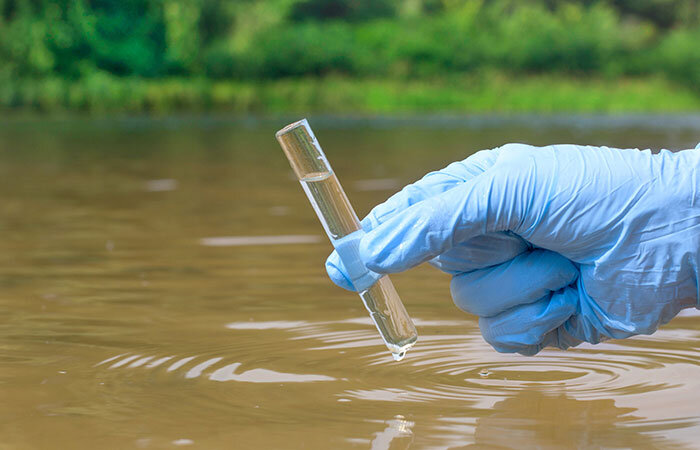Recently I had the thought that we should work on implementing AI into conservation biology. Prior research has shown that AI is great with visual data and can make classifications and predictions on par with experts. That is why I reached out to my professor and asked if she had any ideas about what the potential could be. She suggested that we could use drone footage to predict water turbidity levels. Turbidity levels can be generalized as the hazy or cloudiness of water. However, these levels can have various severe impacts on the ecosystem of the water. There is a way to test this by hand but this is not always possible and cost efficient. If we can get a large enough sample of hand measurements, and drone footage of those same locations, I think we have a good chance at developing a neural network that can do a lot of good. My brother, Roshan Amir, is very interested in AI and will be the one who is going to work on this for the most part. We are very excited about this and hope to make some strides within the next six months.
Here are some related articles for more information:
https://www.researchgate.net/publication/283526229_Artificial_Neural_Network_Approach_for_Predicting_the_Water_Turbidity_Level_Using_Optical_Tomography
https://link.springer.com/article/10.1007/s11269-013-0487-9

